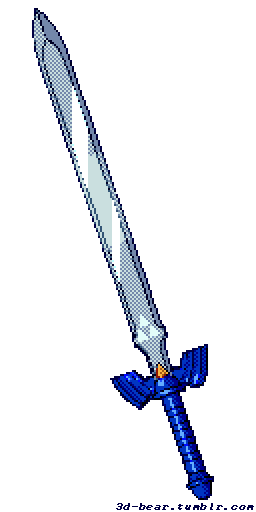
Sprite Atlases are created as Master types by default. More info See in Glossary Atlas is a ‘ Master’ or a ‘ Variant’. If you are used to working in 3D, Sprites are essentially just standard textures but there are special techniques for combining and managing sprite textures for efficiency and convenience during development. For more information, refer to Selecting items for the Objects for Packing list.The Type property defines whether a Sprite A 2D graphic objects. Unity packs all items in this list into the currently selected Sprite Atlas. For more information, refer to Platform-specific overrides. This panel lets you override these settings on the individual Textures that the Sprite Atlas contains. Sets the resolution, the file size with associated memory size requirements, the pixel dimensions, and the quality of your Textures for each target platform of the Sprite Atlas. For more information, refer to the Filter Mode Texture import option.ĭefault (Platform-specific overrides panel on the Texture Import Settings window) This setting overrides the Filter Mode setting of any packed Sprite in the Atlas. Select how Unity filters packed Textures when they stretch during transformations. For more information, refer to the sRGB (Color Texture) Texture import option.

For more information, refer to the Generate Mip Maps Texture import option.Ĭheck this box to store Textures in gamma space. This property is only valid for uncompressed or DXT compressed Textures as Unity can’t read other types of compressed Textures.Ĭheck this box to enable mipmap generation. This doubles the amount of memory required for Texture Assets, and can negatively affect performance. If you enable this property, Unity creates a copy of the Texture data. The default value is 4 pixels.Ĭheck this box to enable access to the Texture data from script functions (such as Texture2D.SetPixels, and other Texture2D functions). More info See in Glossary overlap between Sprites that are next to each other in the Sprite Atlas. Pixel lighting is calculated at every screen pixel. Pixel size depends on your screen resolution. This is a buffer to prevent pixel The smallest unit in a computer image. This maximizes the density of Sprites in the combined Texture, and is enabled by default.ĭefines how many pixels are between the individual Sprite Textures in the Sprite Atlas. More info See in Glossary as well.Ĭheck this box to pack Sprites based on their Sprite outlines instead of the default rectangle outline. In each Scene, you place your environments, obstacles, and decorations, essentially designing and building your game in pieces. Think of each unique Scene file as a unique level.

Disable this option if the Sprite Atlas contains Canvas UI element Textures, as when Unity rotates the Textures in the Sprite Atlas during packing, it rotates their orientation in the Scene A Scene contains the environments and menus of your game. This maximizes the density of Sprites in the combined Texture, and is enabled by default. This option is enabled by default.Ĭheck this box to allow the Sprites to rotate when Unity packs them into the Sprite Atlas.
For more information about the two types, refer to Master and Variant Sprite Atlases.Ĭheck this box to include the Sprite Atlas Asset in the current build. When you set this property to Variant, Unity reveals additional property settings. More info See in Glossary Atlas’ Type to either Master or Variant. Unity creates the Sprite Atlas in the Assets folder, with the file extension. To create a Sprite Atlas in Unity, go to Assets > Create > 2D > Sprite Atlas.


 0 kommentar(er)
0 kommentar(er)
